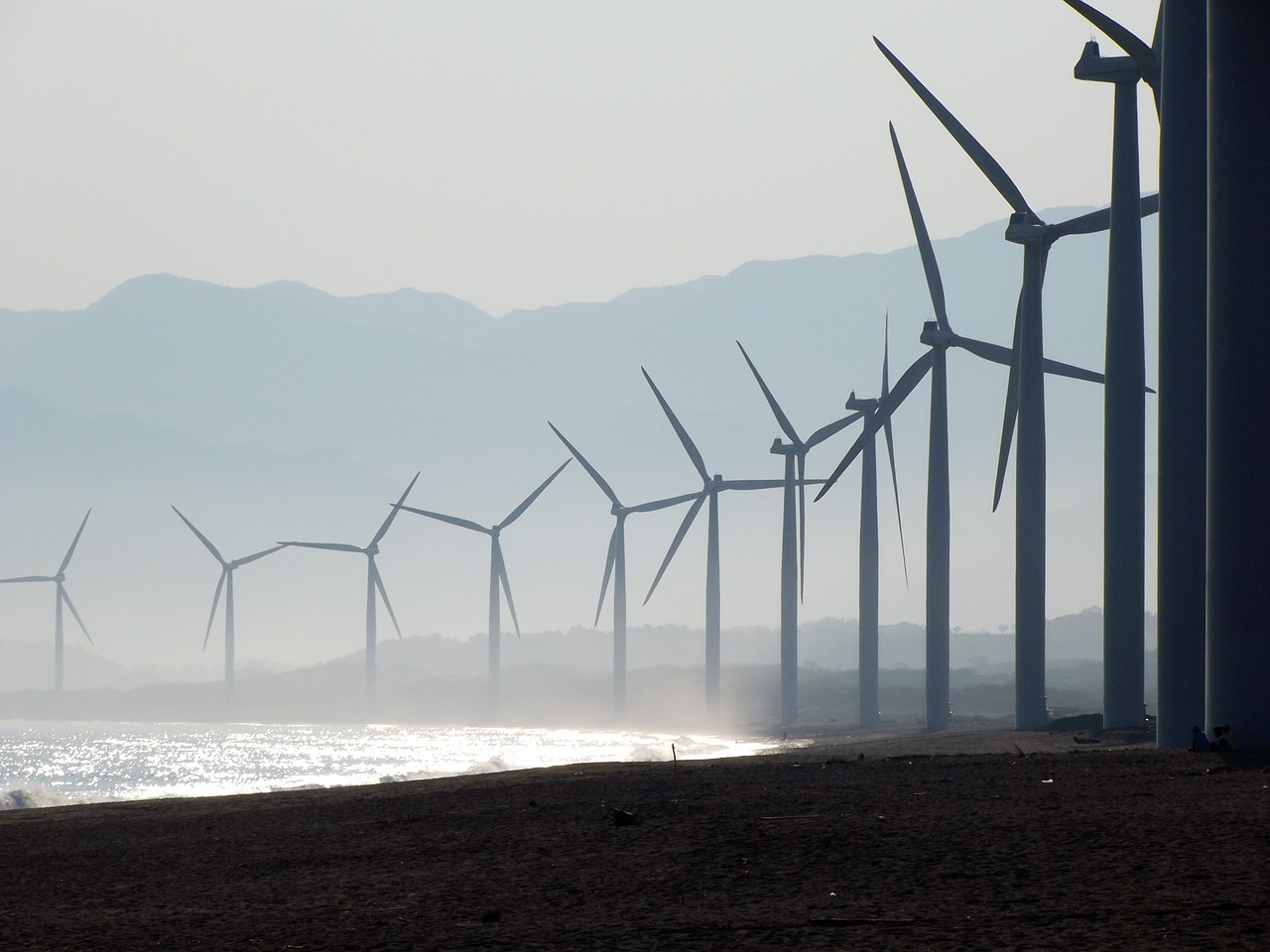
Long approval procedures and increasing legal disputes make wind farms in Germany increasingly unattractive for investors. This emerges from an analysis of the Institute of German Business (IW) Cologne, which is the Frankfurter Allgemeine Zeitung present.
In the past, if a legally fixed fixed compensation scheme was used, surcharges for commissioning new cost-covering facilities have been auctioned by the Federal Network Agency since 2017. Investors may take part with officially granted planning permission, the surcharge goes to the lowest bidder.
The latest award averaged 6.1 cents per kilowatt-hour. That’s a third more than it was in February 2018 and 20 percent more than solar farms that are getting cheaper and cheaper.
The power generation with wind turbines has by no means become more expensive, on the contrary. The fact that no single investor was able to offer less than 5.2 cents at the end of the day is, rather, „the result of a very complex approval process,“ according to the IW. That drives the costs in the calculation. In addition, lawsuits are possible despite approval.
Missing customers
All this meant that bidders were missing for the 700 megawatts advertised earlier this month. Projects with a total volume of just 476 megawatts won a contract, while more than 200 megawatts did not find any buyers. The tender was signed as 30 percent.
Already in the past year, the bidders‘ circle had shrunk further and further and the approved amount of new wind power remained behind the advertised volume. Follow the development with concern, commented the Federal Network Agency.
From the point of view of IW energy economist Frank Obermüller, the legally stipulated lid could be too tight. For example, no more than 6.2 cents may be required in the auction, which is close to the last average remuneration achieved. Wind turbines may pay off from an investor’s point of view only with a remuneration of 7 to 8 cents per kilowatt hour.
Legal problems
If you ask industry representatives, there is no clear picture. Actually, wind farms with a capacity of 1,800 megawatts have been approved and thus entitled to bid in tenders, according to the German Wind Energy Association (BWE). Also on the investor side is not tenor that a remuneration of 6 cents would be uneconomical.
The problem is more of a legal nature. „Since 2017, we experience a standstill in the approval process. More than 10,000 megawatts of wind ashore are stuck in the process nationwide, „says BWE President Hermann Albers of F.A.Z. More than two years have passed on the way to approval, adds a spokesman.
In addition, 80 percent of all projects complained. In particular, the protection of species has become the „prevention mechanism“ and the „strongest sword“ of plaintiffs and residents or environmental organizations, partly because birds settle and breed in the approved area over these two years.
From the BWE point of view, permits no longer represent any real legal certainty. An industry survey has shown that 750 megawatts of projects went into litigation. The association calls for their acceleration, for example by shortening the time limits for the statement of grounds and restricting appeals to a court.
Photovoltaic oversubscribed
But the past auction is also interesting in other ways, notes the IW. The advertised photovoltaic quantity of 175 megawatts was not only two and a half times oversubscribed, but the average subsidy was just 4.8 cents – a quarter less than for wind power and a halving in four years.
Not even the most expensive solar park, which was awarded the contract, reached the cheapest approved wind farm. Because there are no significant cost differences in production, windmillers seem to be much more affected by the squabbling about approval and complaints than operators of photovoltaic systems, concludes IW economist Obermüller.
Therefore, he also believes that more planning security through fast and reliable approval procedures for wind farms is required. At the same time, the legislator must react to the price erosion for new solar parks and adjust the tender quantity.
In fact, for wind energy this year, at 2800 megawatts, this is almost twice as high as for solar energy; The volume for joint tenders, in which both energy sources compete directly with each other, is as low as 400 megawatts. An increase is not planned, this competition would promise more cost efficiency, says the Obermüller. That in the two past auctions not a single supplement to Windmüller was, is significant.



